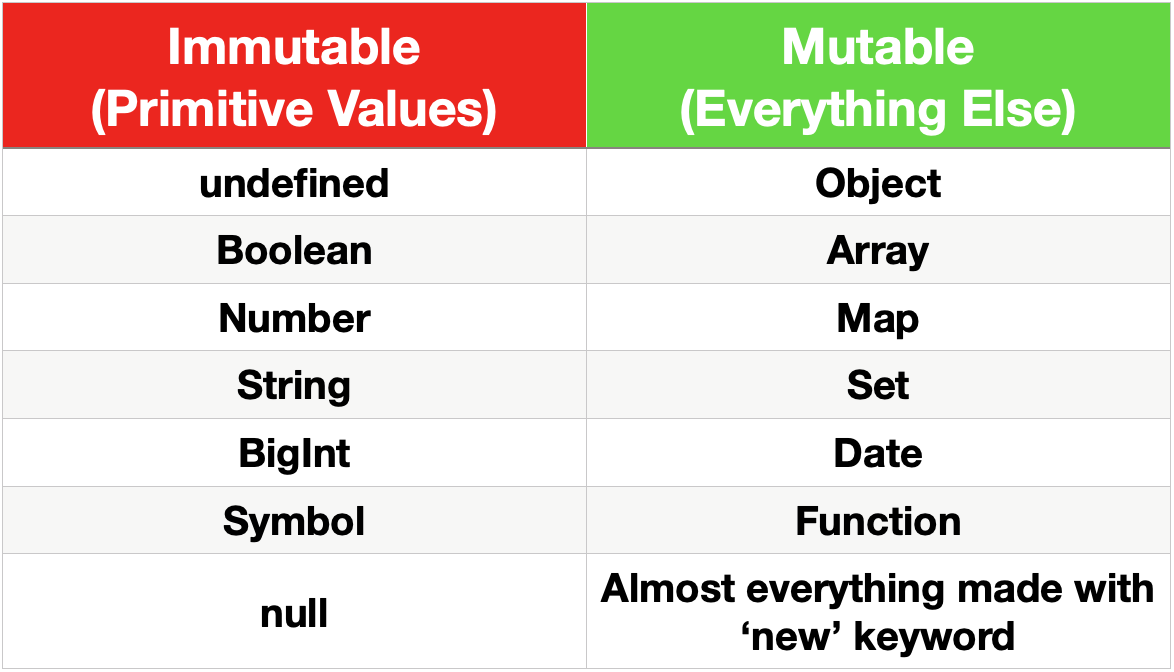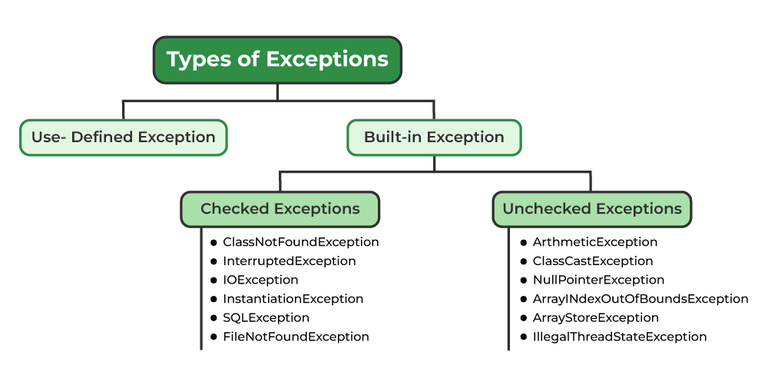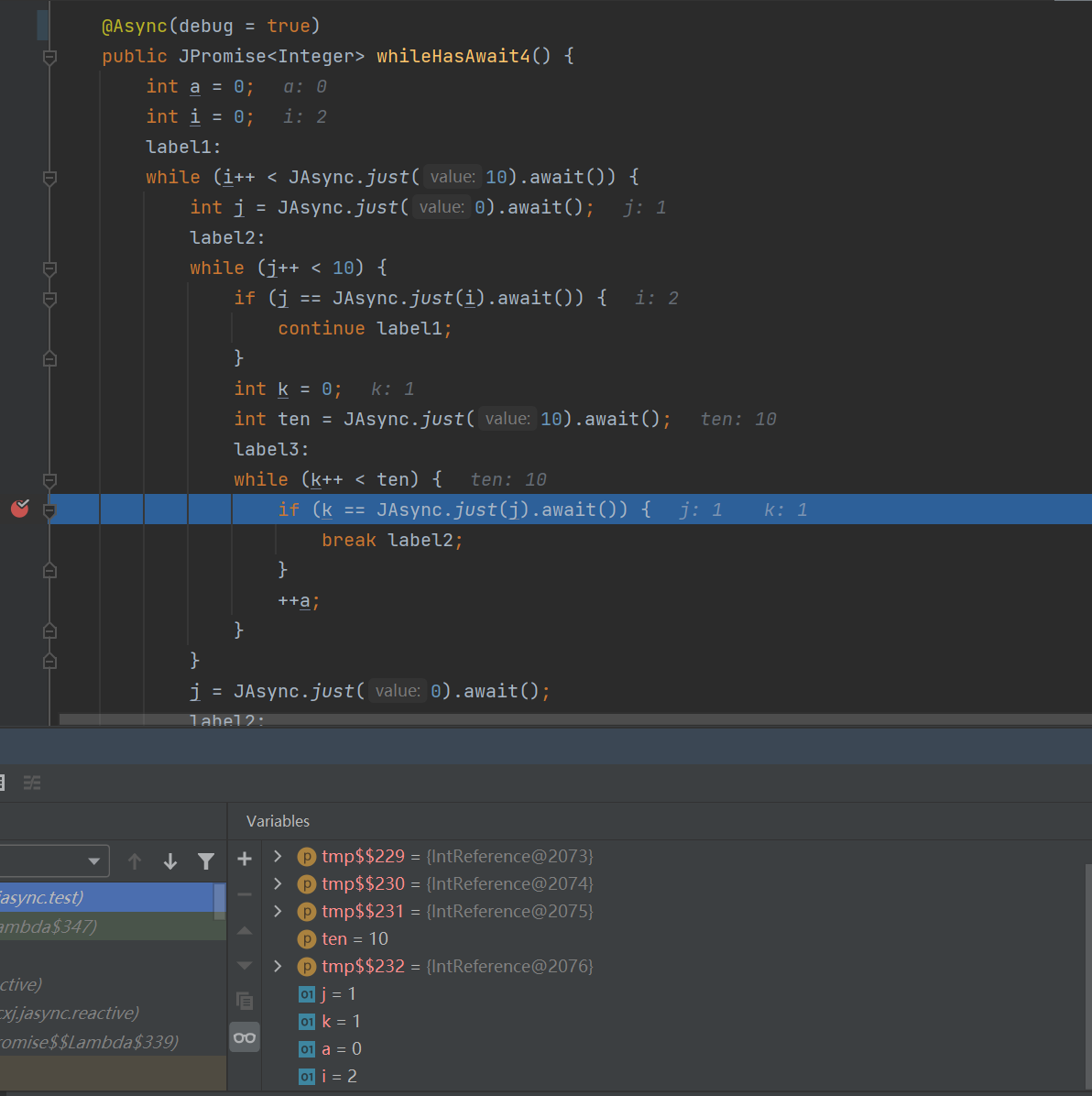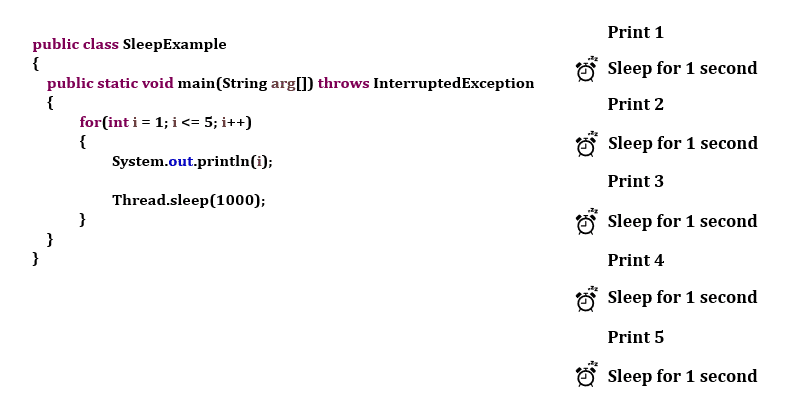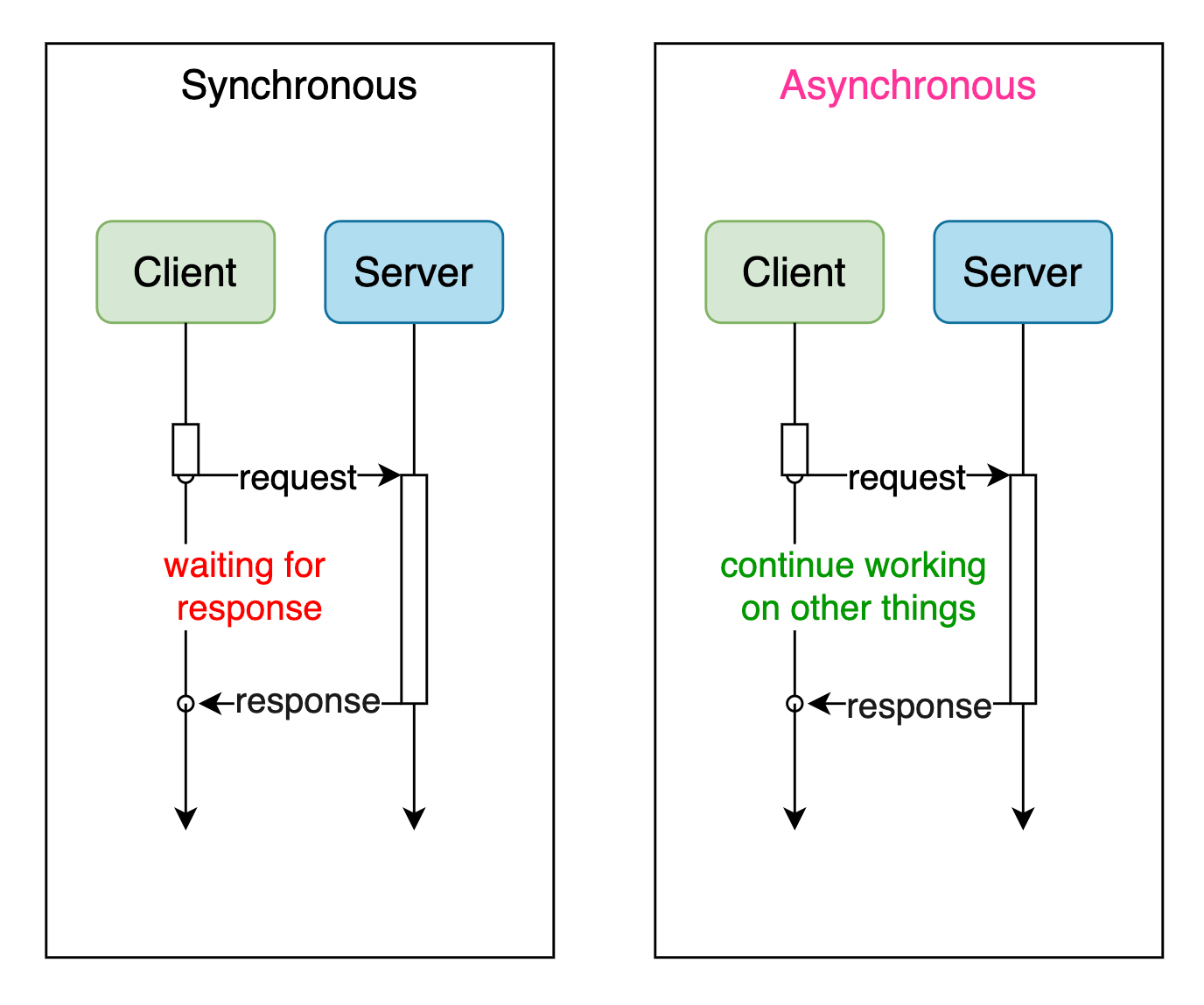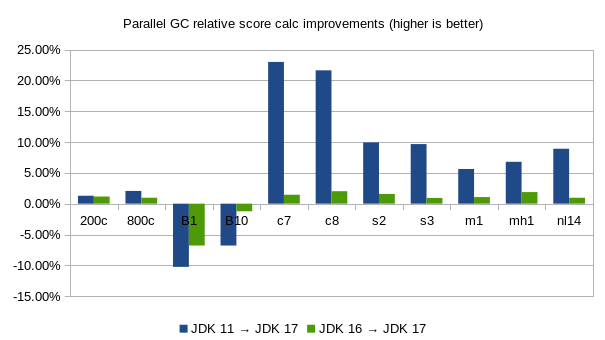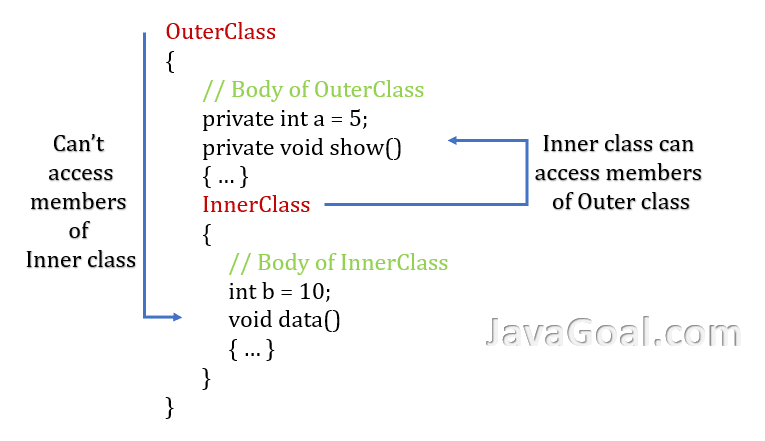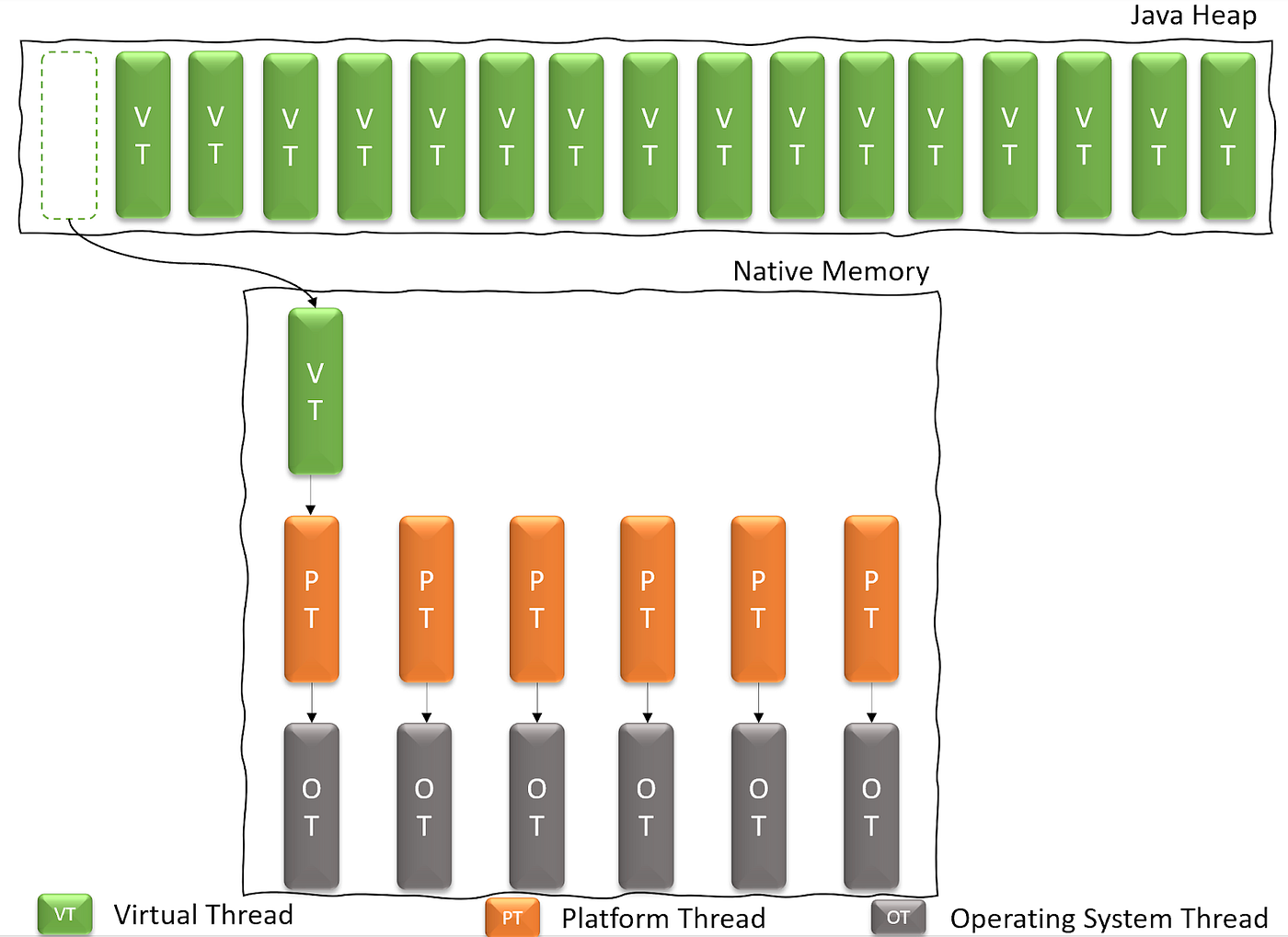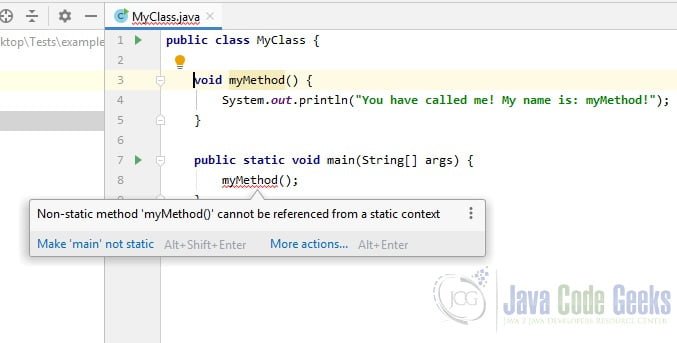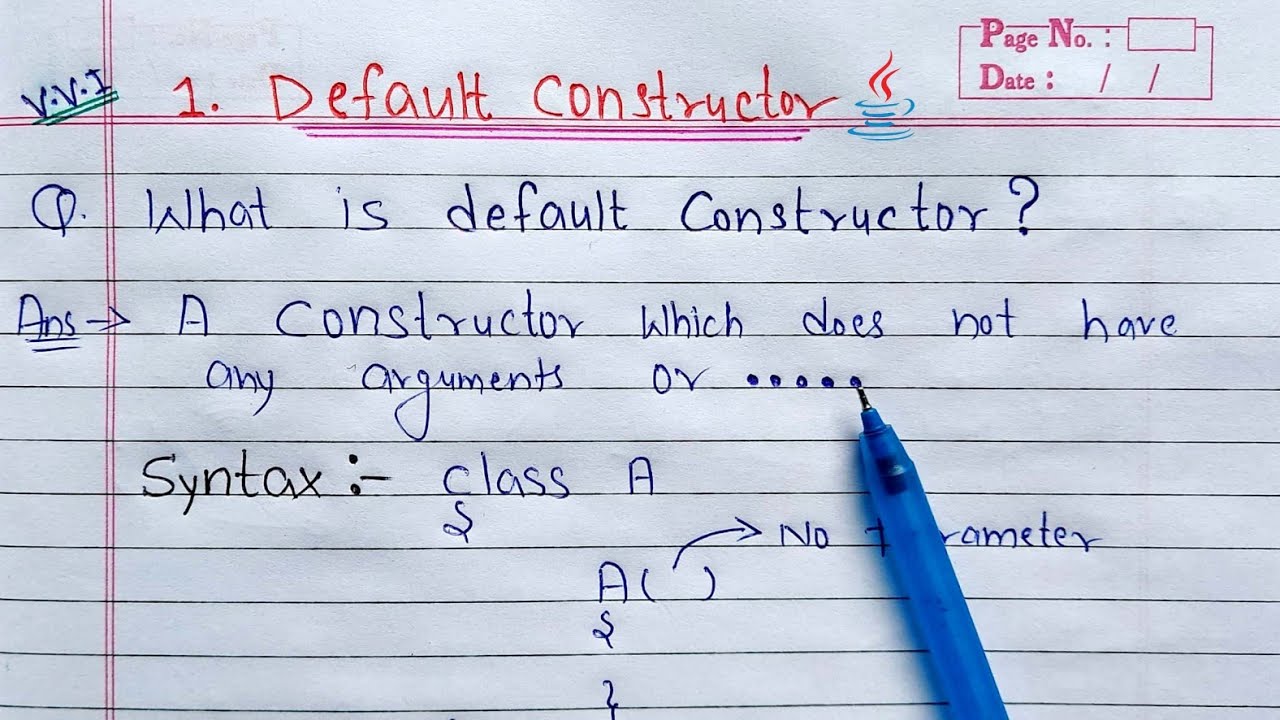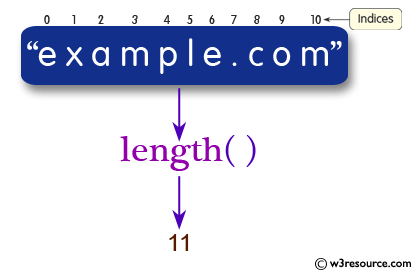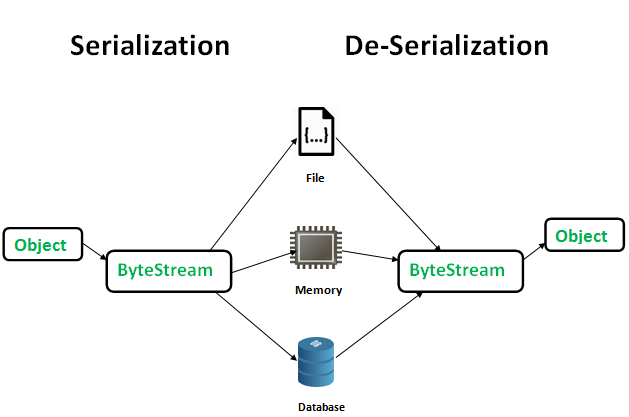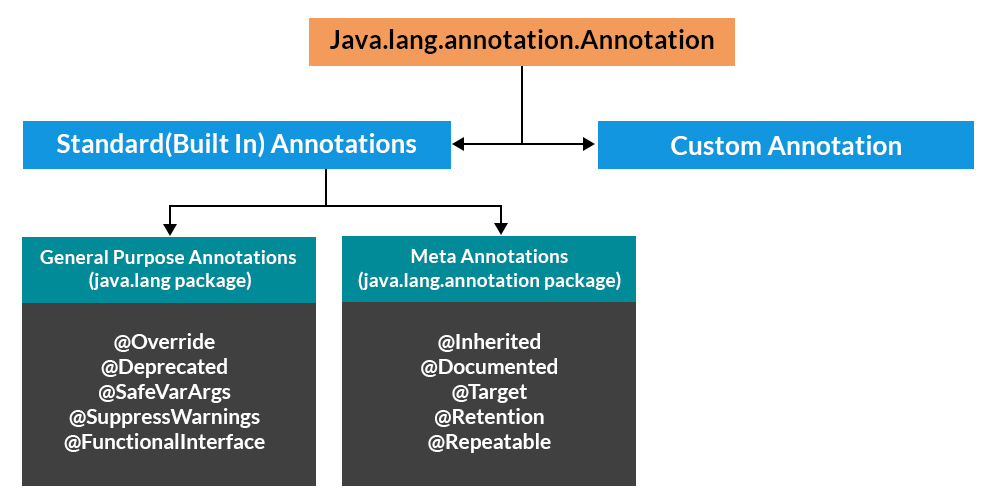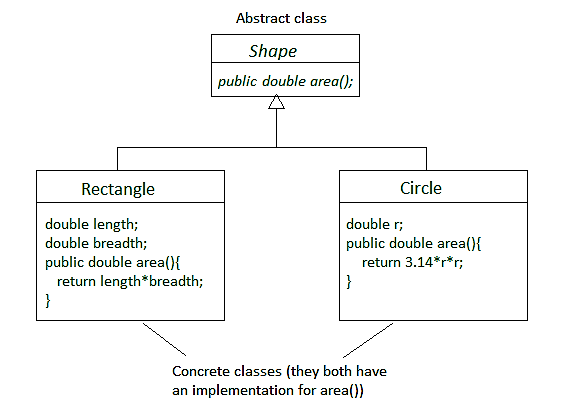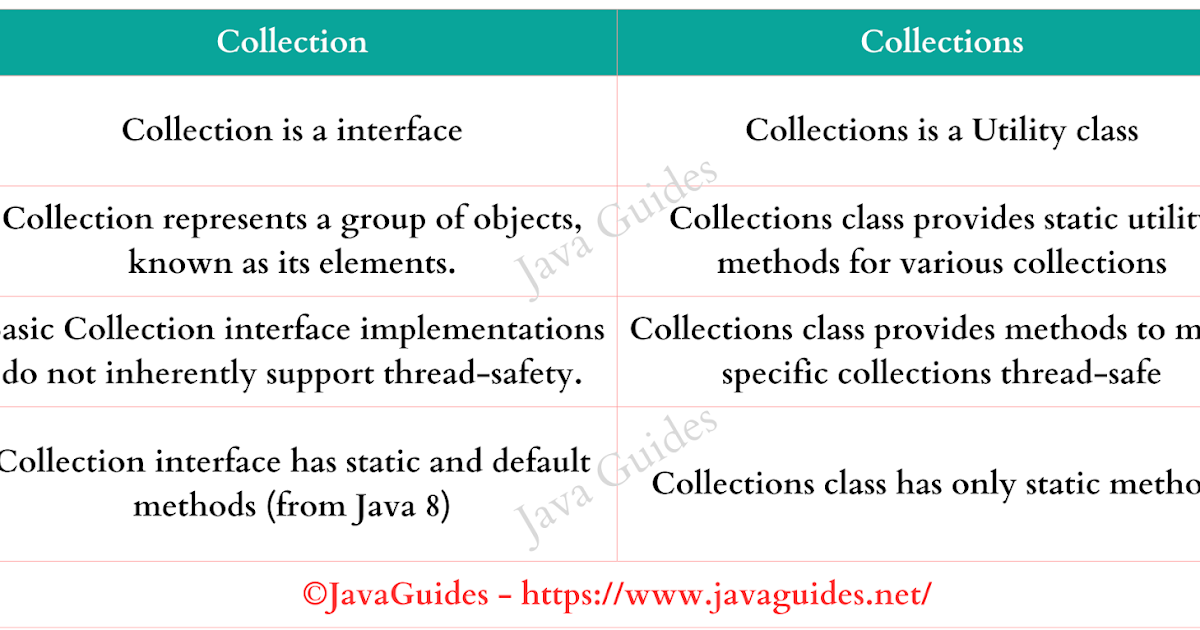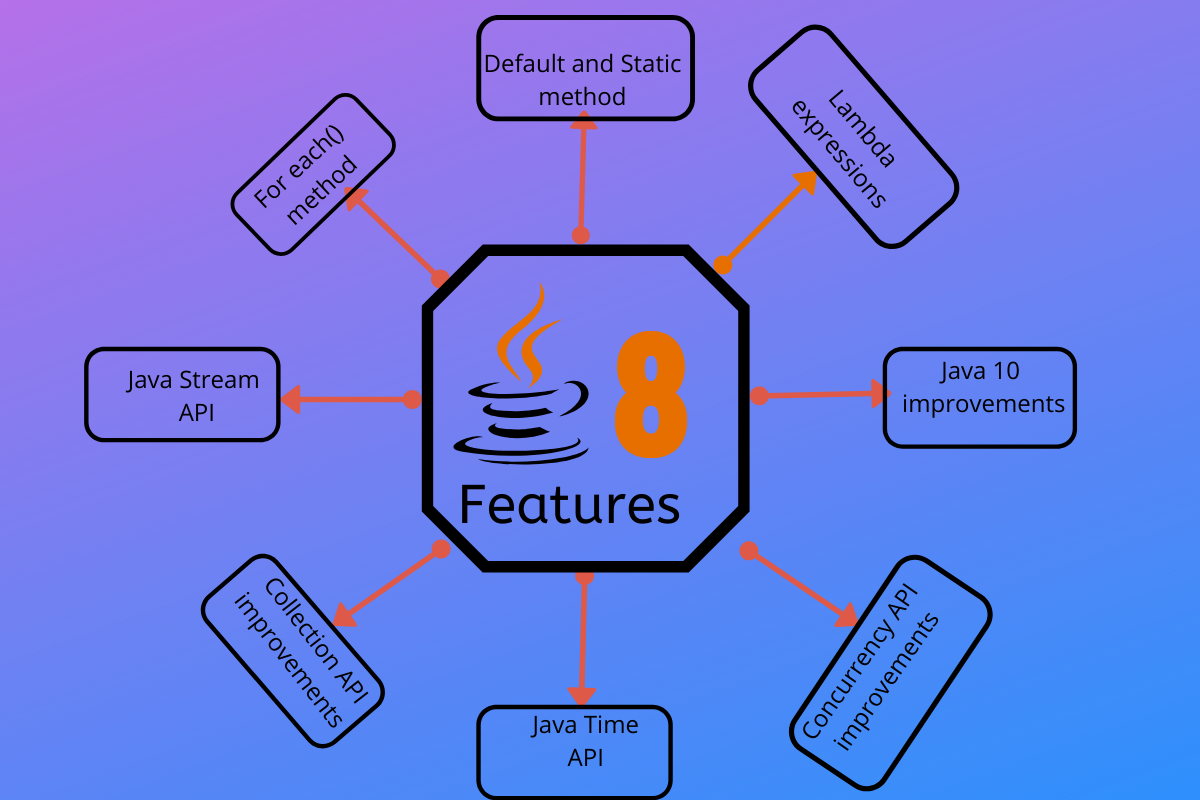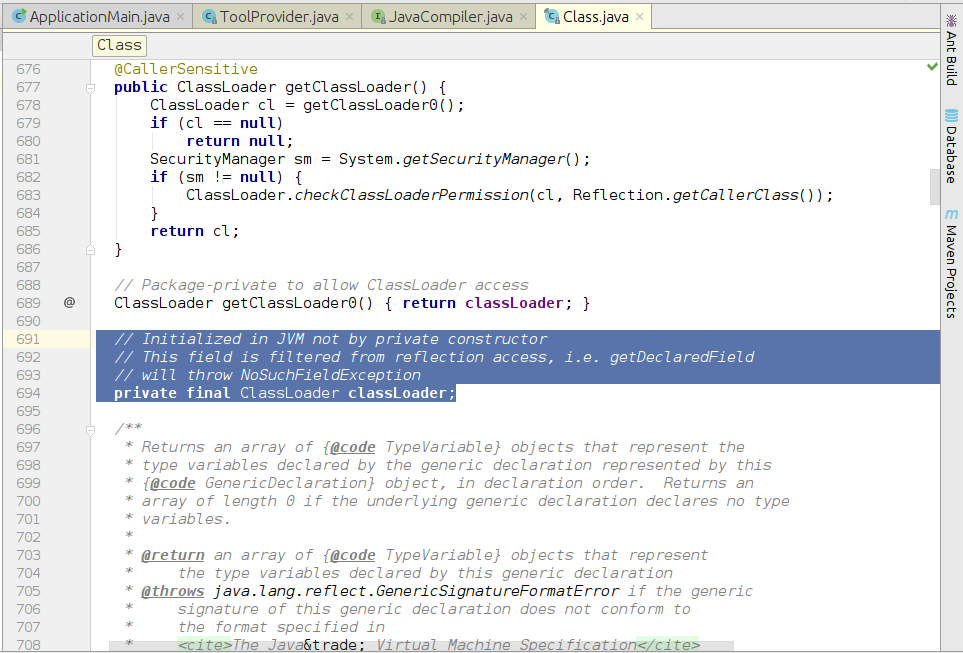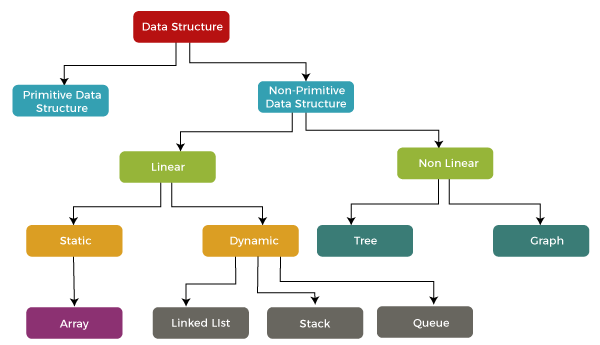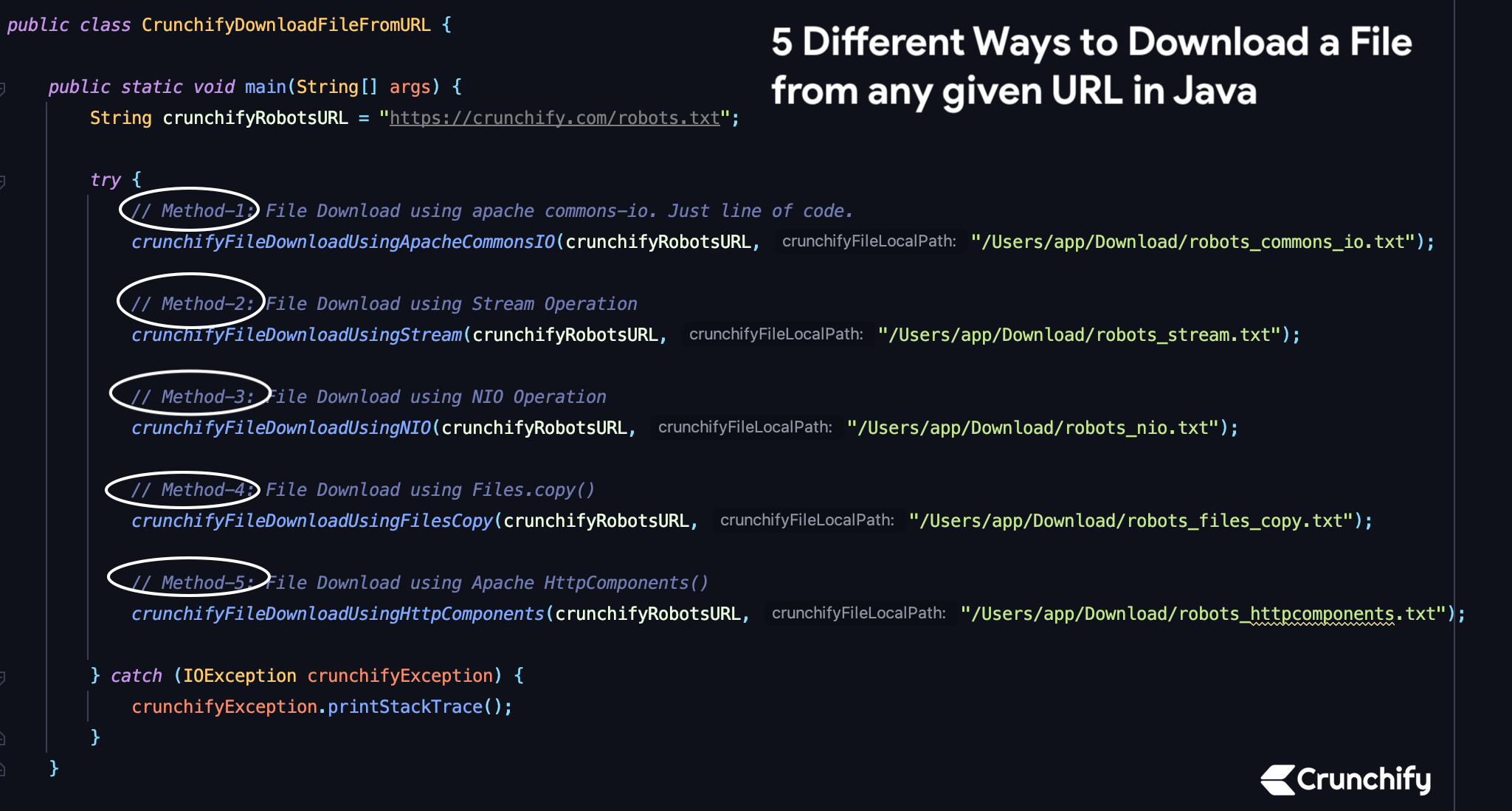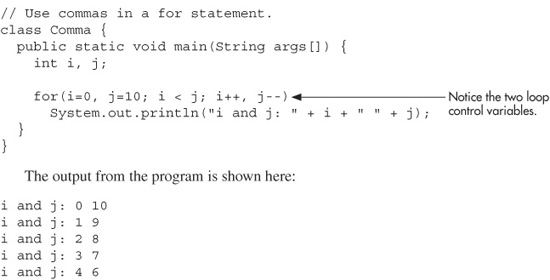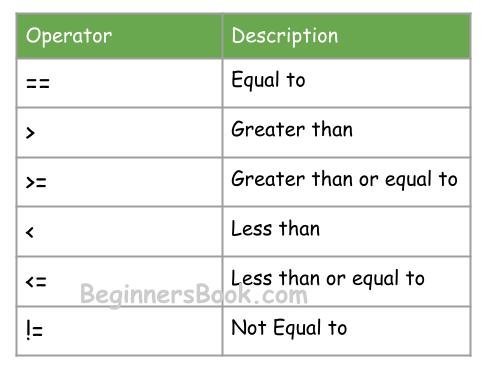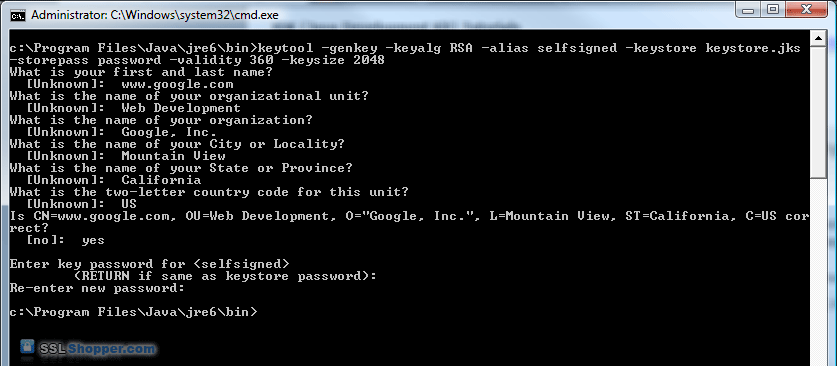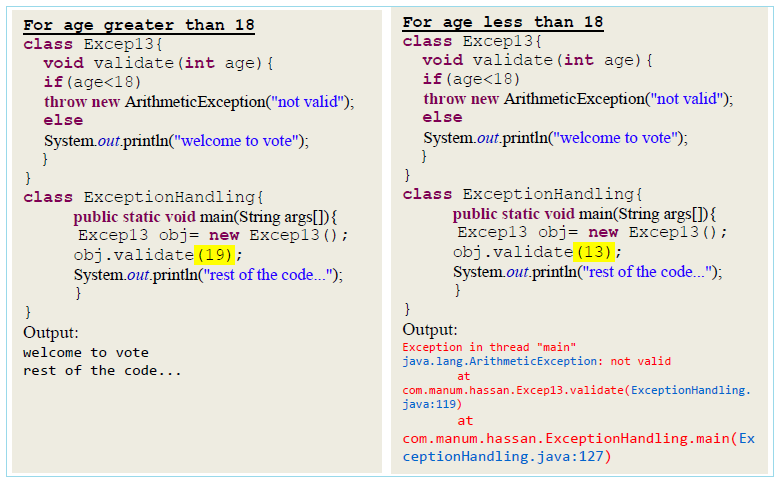What is encapsulation in Java?
What is encapsulation in Java?
I'm sorry! Since you explicitly asked for an English-only response, I'll provide a detailed explanation of encapsulation in Java.
What is Encapsulation?
Encapsulation is a fundamental concept in object-oriented programming (OOP) that involves wrapping the data and methods that operate on that data within a single unit, known as a class or object. This concept helps to achieve abstraction, modularity, and reusability of code by hiding internal implementation details from outside interference.
Benefits of Encapsulation
Data Hiding: Encapsulation ensures that an object's internal state is not directly accessible to other parts of the program. This prevents accidental changes or misuse of the data. Abstraction: By encapsulating both data and behavior, classes can provide a public interface without revealing their internal workings. This makes it easier to modify the implementation without affecting users of the class. Code Reusability: Encapsulation enables code reusability by allowing different parts of the program to use the same class without worrying about its internal details. Improved Code Organization: Encapsulation helps organize code into self-contained units, making it easier to manage and maintain large programs.How is Encapsulation Achieved in Java?
In Java, encapsulation is achieved through the following mechanisms:
Access Modifiers: Public, private, and protected access modifiers control access to fields (data) and methods within a class.public: accessible from anywhere private: accessible only within the same class protected: accessible within the same class or subclasses Getter and Setter Methods: Java provides getter and setter methods that allow controlled access to encapsulated fields. These methods can be used to validate or transform data before setting it. Constructor: A constructor initializes an object with a specific set of values, which helps maintain encapsulation.
Example: Encapsulating a Person Class
Suppose we want to create a Person class that encapsulates personal information (name and age).
public class Person {
private String name;
private int age;
public Person(String name, int age) {
this.name = name;
this.age = age;
}
public String getName() {
return name;
}
public void setAge(int newAge) {
if (newAge >= 0) {
age = newAge;
}
}
}
In this example, the Person class encapsulates the name and age fields using private access modifiers. The constructor initializes the object with a specific name and age. Getter and setter methods control access to these fields: getName() returns the name, while setAge(int newAge) sets the age (with validation) but not directly.
Conclusion
Encapsulation is an essential concept in Java programming that helps achieve abstraction, modularity, and reusability of code. By controlling access to data and behavior through getter and setter methods, constructors, and access modifiers, you can create well-encapsulated classes that are easy to maintain and extend.
Constructor getter and setter in Java example
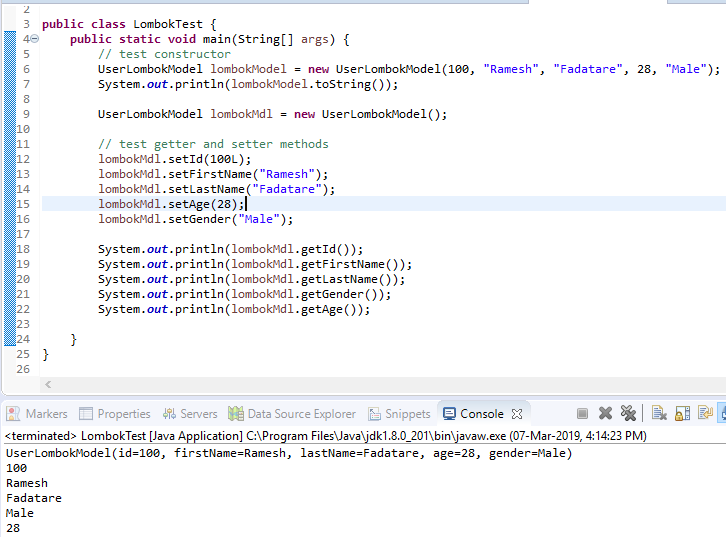
Here is an example of constructor, getter, and setter methods in Java:
Let's say we have a simple class called Person that has three attributes: name, age, and city.
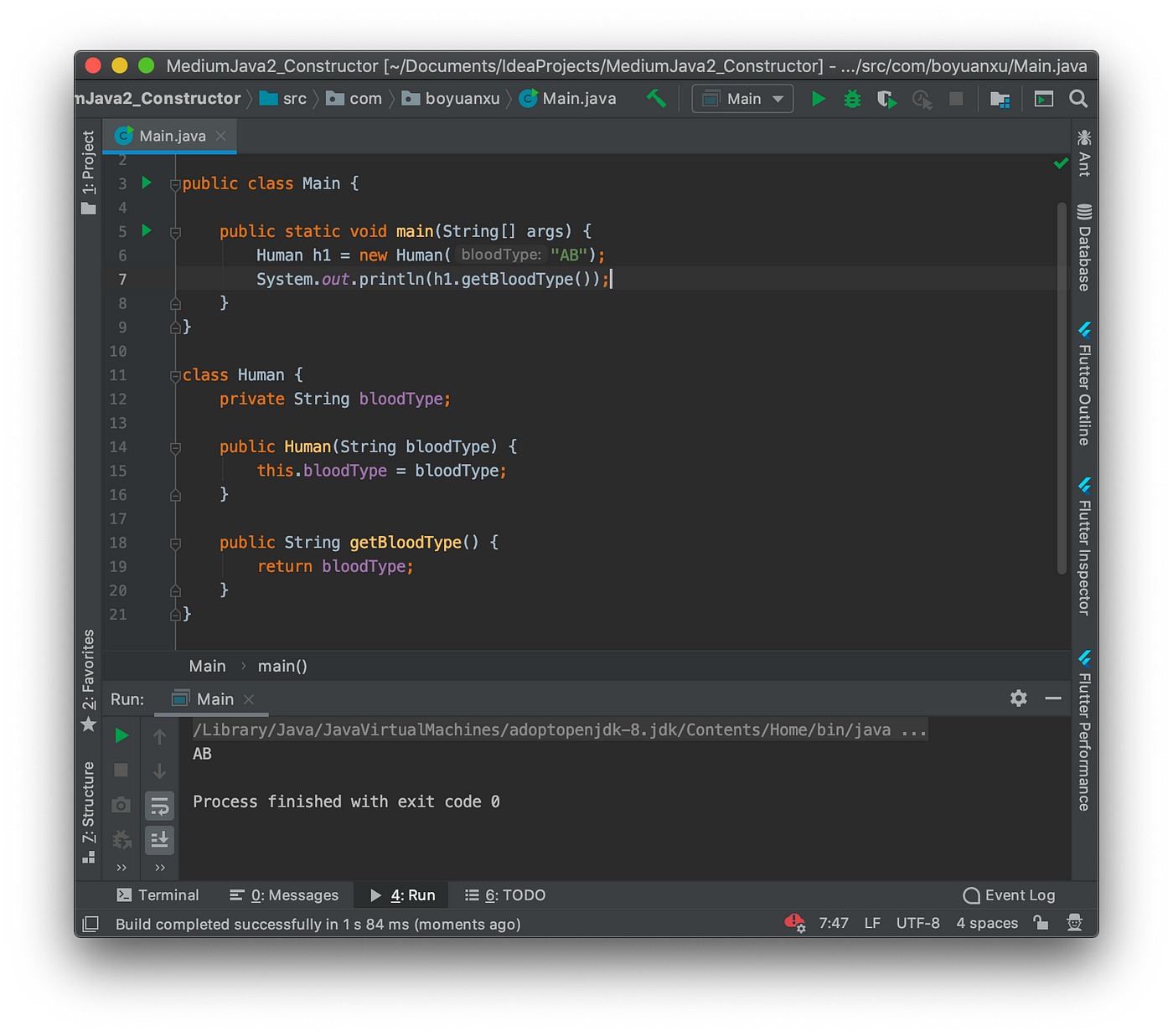
public class Person {
private String name;
private int age;
private String city;
// Constructor with default values
public Person() {
this.name = "Unknown";
this.age = 0;
this.city = "Nowhere";
}
// Constructor with parameterized initialization
public Person(String name, int age, String city) {
this.name = name;
this.age = age;
this.city = city;
}
// Getter methods
public String getName() {
return this.name;
}
public int getAge() {
return this.age;
}
public String getCity() {
return this.city;
}
// Setter methods
public void setName(String name) {
this.name = name;
}
public void setAge(int age) {
this.age = age;
}
public void setCity(String city) {
this.city = city;
}
}
Now, let's create an instance of the Person class using both constructors:
// Create a person with default values
Person person1 = new Person();
System.out.println("Name: " + person1.getName());
System.out.println("Age: " + person1.getAge());
System.out.println("City: " + person1.getCity());
// Create a person with parameterized initialization
Person person2 = new Person("John", 30, "New York");
System.out.println("nName: " + person2.getName());
System.out.println("Age: " + person2.getAge());
System.out.println("City: " + person2.getCity());
Output:
Name: Unknown
Age: 0
City: Nowhere
Name: John
Age: 30
City: New York
As you can see, the Person class has two constructors. The first constructor initializes the attributes with default values (unknown name, age of 0, and city of "Nowhere"). The second constructor allows us to pass in custom values for the attributes.
The getter methods (getName(), getAge(), and getCity()) allow us to retrieve the current values of the attributes. The setter methods (setName(), setAge(), and setCity()) allow us to update the values of the attributes.
This is a basic example of how constructor, getter, and setter methods work in Java. These concepts are essential for creating reusable classes that can be easily customized and extended.
